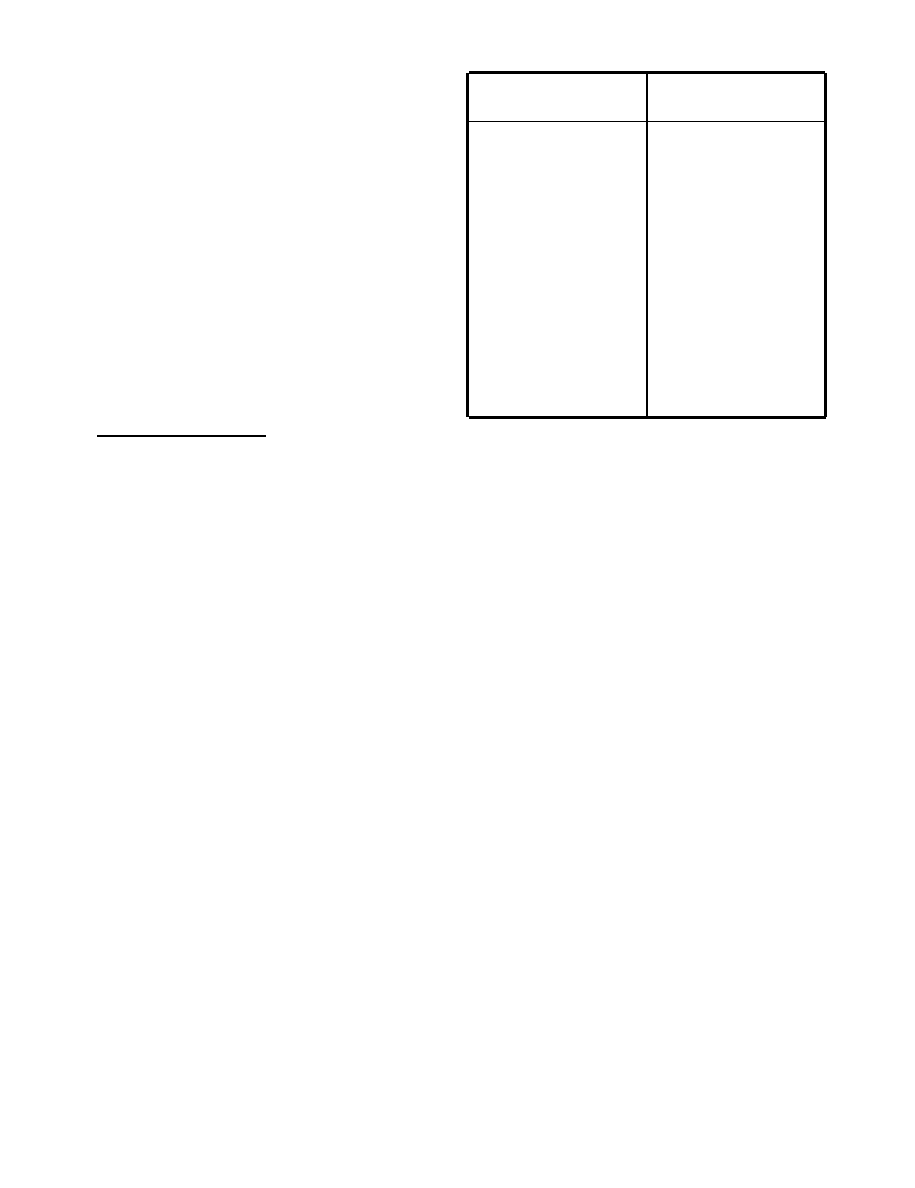
DOFMaster
for Windows
On-line
Depth of Field
Calculator
DOFMaster for Mobile Devices
On-line
Depth of Field
Table
Hyperfocal
Distance Chart
Articles
FAQ
Recommended
Books
Support
Contact
Links
Home
for Windows
On-line
Depth of Field
Calculator
DOFMaster for Mobile Devices
On-line
Depth of Field
Table
Hyperfocal
Distance Chart
Articles
FAQ
Recommended
Books
Support
Contact
Links
Home
As an Amazon Associate I earn from qualifying purchases.
![]()
changes, but the peak density remains the same.
density, subtract the lowest density from each color.
contrast or correction filters. Some of the special-
purpose filters can be used with both black-and-white
and color film. Two of these special-purpose filters are
intended primarily for use with color film.
of a larger f/stop which in turn, reduces the depth of
field. Neutral density filters are used extensively in
motion-picture photography where depth of field is
usually quite deep. ND filters are also used with mirror
type of lenses where there is no aperture control.
the reproduction of colors in the scene. These filters are
nonselective in their absorption of colors of light and
therefore uniformly reduce the various colors of light in
the spectrum. Thus white light and colored light are
transmitted through an ND filter with only the intensity
of the light being affected. These filters can be used with
both black-and-white and color film. Neutral density
filters are gray in appearance. These filters may be
needed for pictures being made of a brilliant subject in
bright sunlight. When you have set the fastest shutter
speed and the smallest f/stop and still cannot make the
picture without overexposing the film, you can use an
ND filter to further reduce the exposure. Neutral density
filters manufactured by Kodak are called Wratten
Neutral Density Filters and are available in several
densities. The ten most popular densities, with the
appearance called haze. This haze is most apparent in
distant scenes. Haze is the result of sunlight being
scattered by minute particles of matter that are present
in the air. The amount of haze can vary due to
atmospheric conditions. Haze should not be confused
with mist, fog, smog, smoke, or clouds. These con-
ditions can also produce a veil-like appearance, but
filters have no effect.
nearly as much as ultraviolet radiation, violet, and blue
light.
Basic Photography Course

As an Amazon Associate I earn from qualifying purchases.
WWW.DOFMASTER.COM
© 2006 Don Fleming. All rights reserved.
© 2006 Don Fleming. All rights reserved.